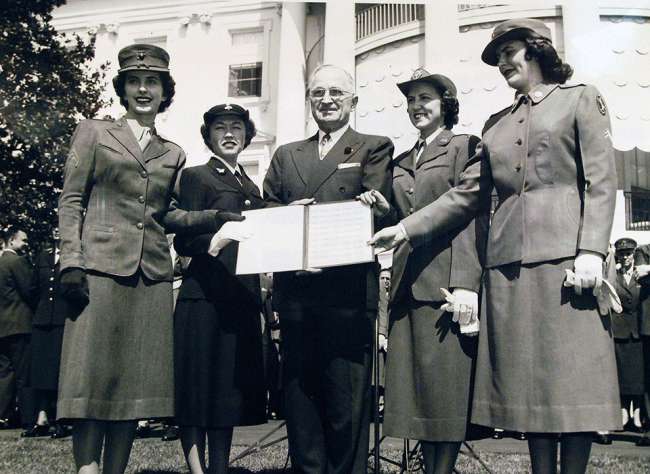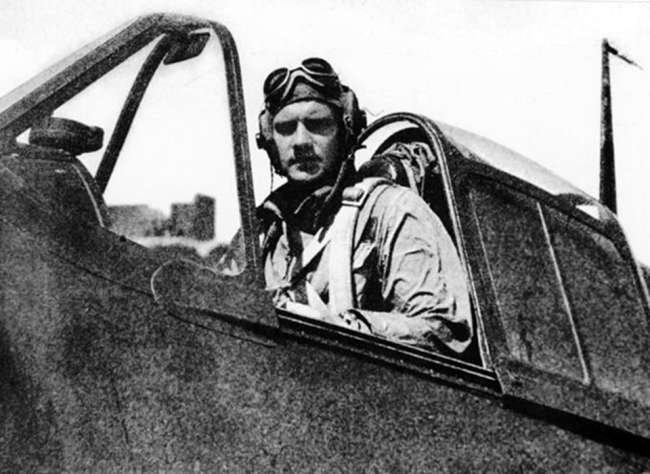At the peak of Red Cross wartime activity in 1945, 7.5 million volunteers along with 39,000 paid staff—a great number of them women—provided service to the military. Most Red Cross chapter activities related to the war were organized into 11 Volunteer Corps. The National WWII Museum holds collections related to two volunteer corps devoted to rehabilitation of war wounded, the Red Cross Braille Corps, and the Arts and Skills Corps.
Mildred V. Payne was both an employee and a volunteer with the American Red Cross in Washington, D.C. Payne worked in an office at Red Cross Headquarters, but volunteered outside of her working hours for the Braille service. Using a Braille stamper and board, she created Braille translations of works of literature. In April 1941, her four volumes of "The Chiffon Scarf" by Mignon Eberhardt were accepted into the Library of Congress. The Braille Corps ceased operations in 1942 due to technological and commercial advances in Braille printing.
Dorothy Seder volunteered with the American Red Cross (ARC) Arts and Skills Corps in Pittsburgh, Pennsylvania. Instituted in 1944, the Arts and Skills Corps employed creative arts programs in rehabilitation centers and hospitals for the wounded veterans. At its peak, the Corps offered instruction in arts and crafts to patients in 105 domestic hospitals and had 6,645 volunteers in 1945-46.
Kim Guise
Kimberly Guise holds a BA in German and Judaic Studies from the University of Massachusetts Amherst. She also studied at the Universität Freiburg in Germany and holds a masters in Library and Information Science (MLIS) from Louisiana State University. Kim is fluent in German, reads Yiddish, and specializes in the American prisoner-of-war experience in World War II.
Cite this article:
MLA Citation:
APA Citation:
Chicago Style Citation:









